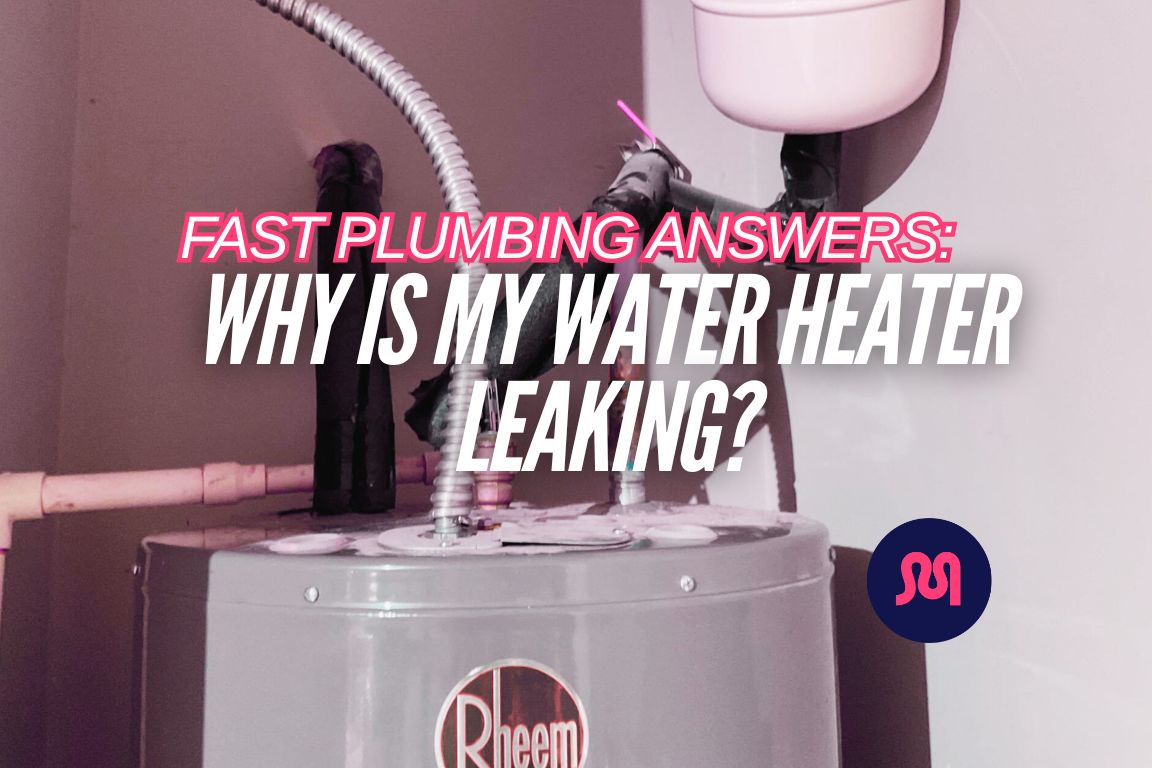Does Watering Your Foundation Help? We Asked an Engineer
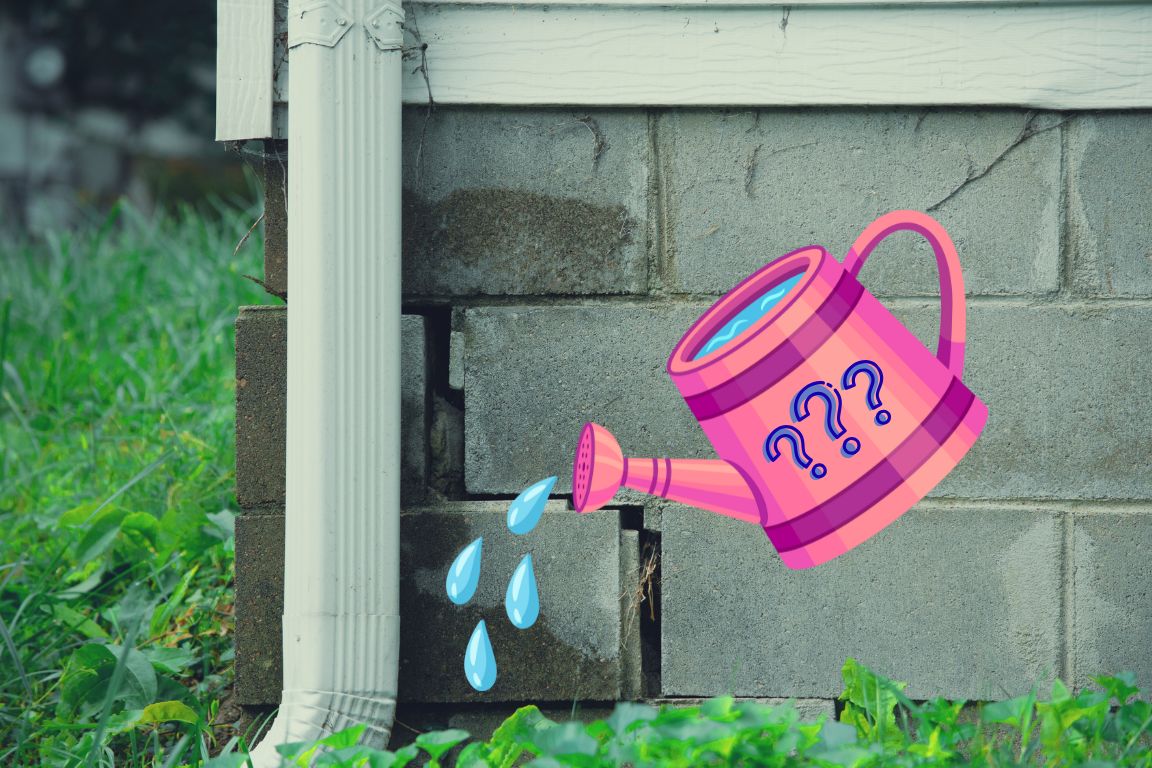
table of contents
table of contents
Watering your foundation is a practice that borders on urban legend in Texas. Homeowners buy soaker hoses, debate frequency of watering, and spend plenty of time and money keeping the expansive soil around their slab foundations wet. It’s even come up in continuing education classes for landscaping companies in Dallas-Fort Worth.
But is watering your foundation a myth, or does it actually help?
We spoke to Dr. Jean-Louis Briaud of Texas A&M University, one of the nation's foremost authorities on the relationship between soil and concrete foundations. We used his insights to inform this article and offer practical advice for homeowners.
(Short version: watering your foundation can help, but almost everyone does it wrong.)
The downside to foundation watering in Texas is an increase in slab leaks and cracks in your foundation. If your Dallas home has a worrisome crack in your slab, call Mother 7 days a week for fast, expert slab leak detection service.
{{slab-leak-repair="/services/slab-leak-repair"}}
Why Texas Homeowners Water Their Foundations
Texas homeowners water their foundations using soaker hoses in an effort to keep the soil around their foundations consistently moist.
Most North Texas homes are built on concrete slab foundations rather than pier-and-beam foundations. While well-built concrete slabs offer excellent durability in most regions, they’re prone to cracking and shifting in areas with clay-rich soil like Texas.
Foundation watering is a practice that attempts to mitigate soil shifting near the home. By keeping the soil at a consistent moisture, your property retains its shape and structure and provides greater stability to the slab — at least in theory.
The trouble with expansive clay soil in North Texas
Much of Texas sits on a bed of clay soil. Dr. Briaud has spent decades educating homeowners on the shrink-swell properties of these clay-rich regions.
“The main problem is that the soil swells because it has very tiny particles that are very thirsty. So they absorb these large amounts of water,” he explains. And when these areas lose water, the soil shrinks and cracks.
This constant shrink-swell cycle places enormous pressure on your slab foundation. When the soil is waterlogged, the excess water has nowhere to go but into the pores and natural spaces in the concrete. When that water dries, cracks begin to form in its place.
And when the ground is extremely dry (as in Texas summers), the soil shrinks. This leaves gaps and pockets around your foundation, allowing for movement, settling and shifting.
Watering Your Foundation: Great in Theory, Bad in Practice
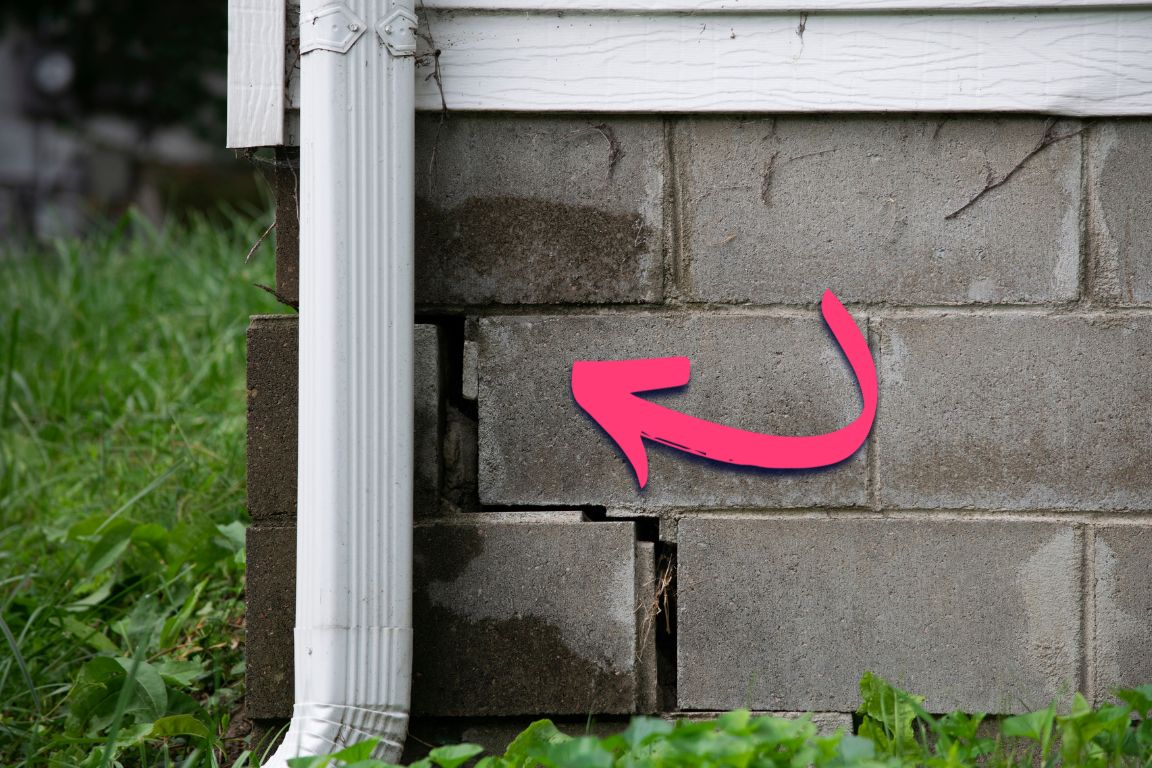
So if maintaining consistent moisture in your clay soil adds stability to your home’s concrete foundation, there shouldn’t be a problem - right?
But Dr. Briaud says that foundation watering “theoretically works and practically doesn't” in Texas yards.
The issue, Dr. Briaud explains, is with inconsistent watering and human error.
“If you put a soaker hose around the house,” he says, “how can you be sure that you're going to keep the entire soil zone that you're interested in…at the same water content?”
How foundation watering is supposed to work
In a perfect world, watering your foundation is an incredibly effective approach. Dr. Briaud cites New Orleans as an example.
New Orleans has extreme shrink-swell issues with its soil. But the natural environmental conditions in the area make slab leaks and cracks a virtual non-issue.
“The water level is so close to the ground surface that there is no change in water content,” Dr. Briaud tells us.
Unless you can ensure that the water content of your expansive clay soil never changes, then foundation watering becomes an inexact science.
3 common mistakes homeowners make when watering
Most foundation watering errors that Texas homeowners make are broken down into one of 3 categories:
- Inconsistent soaking. Most Texans soak their foundations in irregular intervals. Dr. Briaud says that while this reduces swelling concerns in your soil, “you increase the amount of shrinkage”. This increases the risk of foundation shifting and settling.
- Overwatering. “I had a neighbor who…put in a soaker hose,” says Dr. Briaud. “[He turned on] the hose around 7 p.m. and came back at 11 p.m. Four hours of water? Where's the water going?” There was water entering his foundation- as well as making a small swimming pond in the next yard over.
- Too little, too late. Many Texans water their foundations as a reactionary measure when they see a small foundation crack. Dr. Briaud explains at that point, the water’s going to follow the crack in your slab before it soaks into the soil.
Without a consistent strategy that begins before foundation cracks and settling begin, watering your slab isn’t set up for success.
3 Ways Texans Accidentally Dry Out Their Foundations
Even if you’re watering the foundation properly, there are still 3 ways to accidentally dry out your foundation.
- Placing large plants near the house. “People like trees because it shades the house,” Dr. Briaud explains. “But if you start to have many trees, then they go deep and they need a lot of water.” As mature tree roots grow horizontally towards your home, they dry out the soil near your foundation.
- Improper grading of the yard. Your property should slope away from the home at a rate of roughly 6 inches per 10 feet. Less than that, and you’ll have water pooling near your foundation. More than that, and you’ll end up with an eroded area prone for foundation settling.
- Overwatering in specific areas. Watering one section of your yard doesn’t provide moisture to the entire property. You’ll end up with a waterlogged patch of soil surrounded by dry, cracked spaces. A smart lawn irrigation system provides better whole-yard watering on a pre-set schedule.
Wet spots in your yard that won’t dry? You may be overwatering your lawn- or it might be an underground pipe leak. Get Fast Plumbing Answers from Mother in our updated guide.
{{fast-plumbing-answers-warning-signs-of-a-slab-leak="/blogs/fast-plumbing-answers-warning-signs-of-a-slab-leak"}}
7 Signs You’re Overwatering Your Foundation
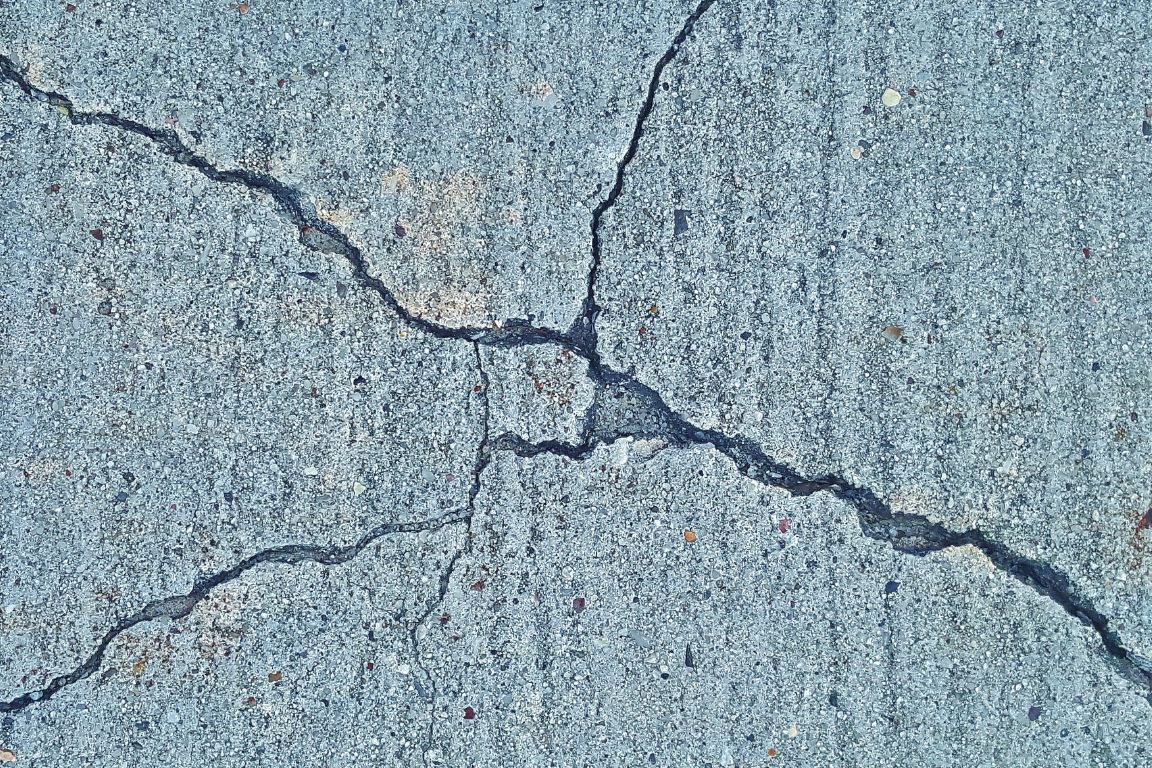
It’s surprisingly easy to overwater your foundation in Texas- especially if you also run a sprinkler system.
“We put in a sprinkler system,” Dr. Briaud relates about his Texas home, “and our yard has gone up six inches.”
It’s quite easy to notice problems associated with waterlogged clay soil around your foundation. Here are 7 telltale signs that you’re overdoing the foundation watering process:
Cracks in your slab foundation (or walls)
Cracks form in your concrete slab for 2 distinct reasons:
- The soil around your slab is too wet. The water has nowhere to travel but into the pores of your concrete. When it dries out, cracks form where the water used to be.
- As your soil dries out, it shrinks. This causes settling of your foundation, which leads to hairline cracks.
If these cracks travel upwards and form damp cracks in your walls, call a plumber immediately to assess the situation. You may be experiencing a slab leak.
{{slab-leak-repair="/services/slab-leak-repair"}}
Puddles are forming around your foundation
Water pooling near your foundation is caused by one of three factors:
- Improper slope and grading of your property
- Gutter and downspout clogs or misalignment
- Underground water leaks in your main water line or sprinkler system
Foundation watering makes each of these factors worse and eventually leads to slab damage and leaks in your walls.
If you notice pools of water near your foundation, stop watering it and contact a plumber.
Puddles are forming in your neighbor’s yard
Don’t be like Dr. Briaud’s neighbor! When you overwater your foundation, the soil becomes waterlogged.
If the excess water doesn’t travel into your slab, it ends up collecting in places like your property line or the neighbor’s yard.
Water underneath your floorboards
The most common cause of water under floorboards is a leak in your freshwater pipes- either near your slab or in the walls of your home.
Watering your foundation during a current pipe leak accelerates the rate at which water infiltrates your floors- and the in-home damage it causes.
Uneven floorboards
As water infiltrates your floor and subfloor, you’ll notice uneven floorboards that feel “soggy” or unstable to walk on.
Avoid walking on damp flooring affected by a water line leak. Call a plumber quickly for non-invasive water leak detection service.
Mold and mildew growth on your floors or walls
As water collects under your floorboard for several days or more, mold and mildew begin to form. Besides uneven, soggy floorboards, you’ll also notice a musty smell from underneath your feet.
Don’t attempt to DIY mold and mildew remediation associated with a pipe leak. Exposure causes allergic reactions, asthma attacks, throat irritations, headache and respiratory issues.
Doors and windows are sticking
Overwatering your foundation causes the soil level around your home to rise. This leads to “sticking” doors and windows that become difficult to open and close properly.
The root cause of this issue is upward bowing of your walls, which indicates a foundation issue like a slab leak. Stop watering your foundation and call a plumber for slab leak detection.
Call Mother for Precision Slab Leak Detection in Dallas
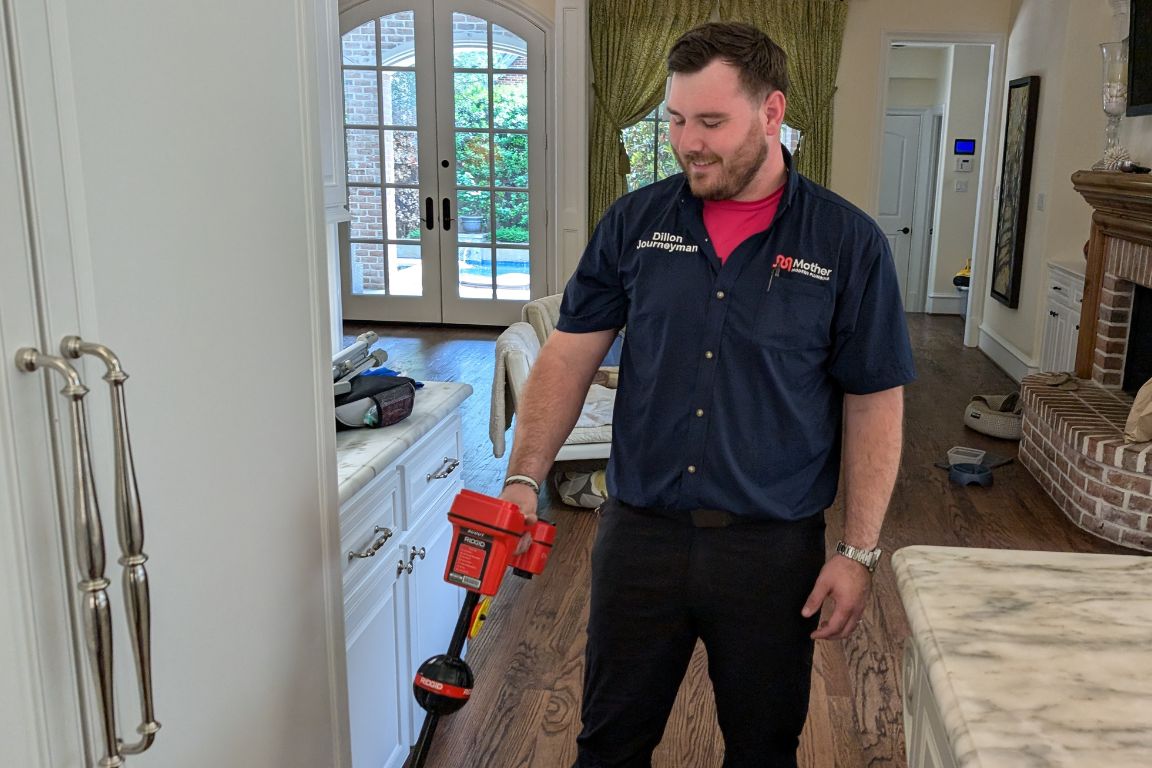
It’s tough to get foundation watering right- especially with the constant shrink-swell nature of clay soil in Dallas and North Texas. Too little water, and you dry out the slab. Too much water, and you risk underground leaks and water pooling around (and in) your home.
The clay-rich soil in our region is a frequent source of headaches, particularly leaks and cracks in your foundation. If you spot a crack in your slab, water pooling around the house or damp floors in your home, you may have a slab leak issue.
At Mother Modern Plumbing, our techs fix 4-5 slab leaks per week in Dallas- especially in the spring and early summer. If you suspect a leak, don’t hesitate- we have nearly a century of combined local plumbing expertise that your family can trust.
Cracks or leaks in your Dallas foundation? Call Mother to schedule non-invasive leak detection service that delivers pinpoint accuracy without tearing a hole in your yard or your walls. We’ll get your home back on solid ground- for good.
{{slab-leak-repair="/services/slab-leak-repair"}
Common Q’s about Water Leaks
How common are slab leaks?
It depends where you live. In most parts of America, slab leaks occur about once every 30 years. Dallas homes average one slab leak roughly every 15 years.
Can I DIY slab leak repair?
No, you cannot DIY slab leak repair. Leak location requires precise thermal imaging, and attempting DIY slab repairs may void your insurance.
Are slab leaks covered by homeowner’s insurance?
Homeowner's insurance companies don't love to cover leaks in or near your home's foundation. If you want your slab leak repair covered, you need to follow a precise set of steps to improve your odds of coverage.
Follow these 4 steps in order to increase the chances your slab leak is covered by insurance:
- Immediately contact your insurance provider in the event of a freshwater leak.
- Hire a master plumber for 2 key tests: water pressure testing and hydrostatic testing.
- Consult a structural engineer before and after plumbing repairs.
- File all necessary paperwork to your homeowner’s insurance.
How can you tell if you have a slab leak?
These are the 5 most notable symptoms of a water leak in or around your slab:
- A noticeable increase in your water bill
- Water meter moves after water is turned off
- The sound of running water when no taps are on
- Warm or cold spots on your flooring
- Low water pressure
How do you locate a water leak under your slab?
The 2 best ways to locate a water leak under your concrete slab are acoustic leak detection and video camera inspection.
Acoustic detection uses sound to identify leak location. A camera inspection is needed if hydrostatic testing fails, or if acoustic detection is inconclusive.




